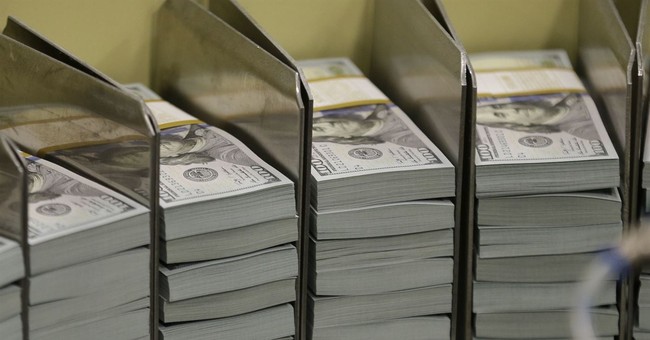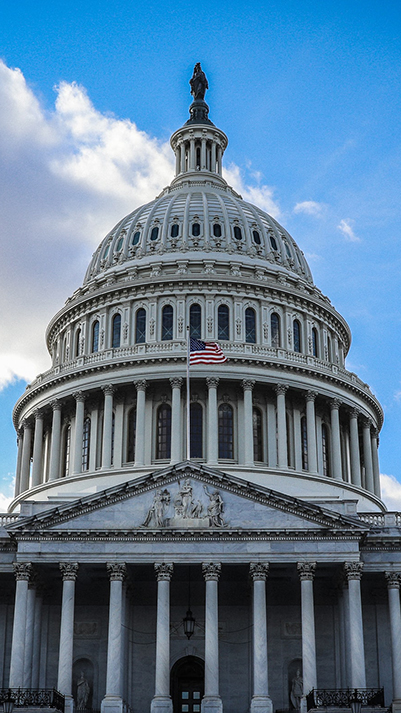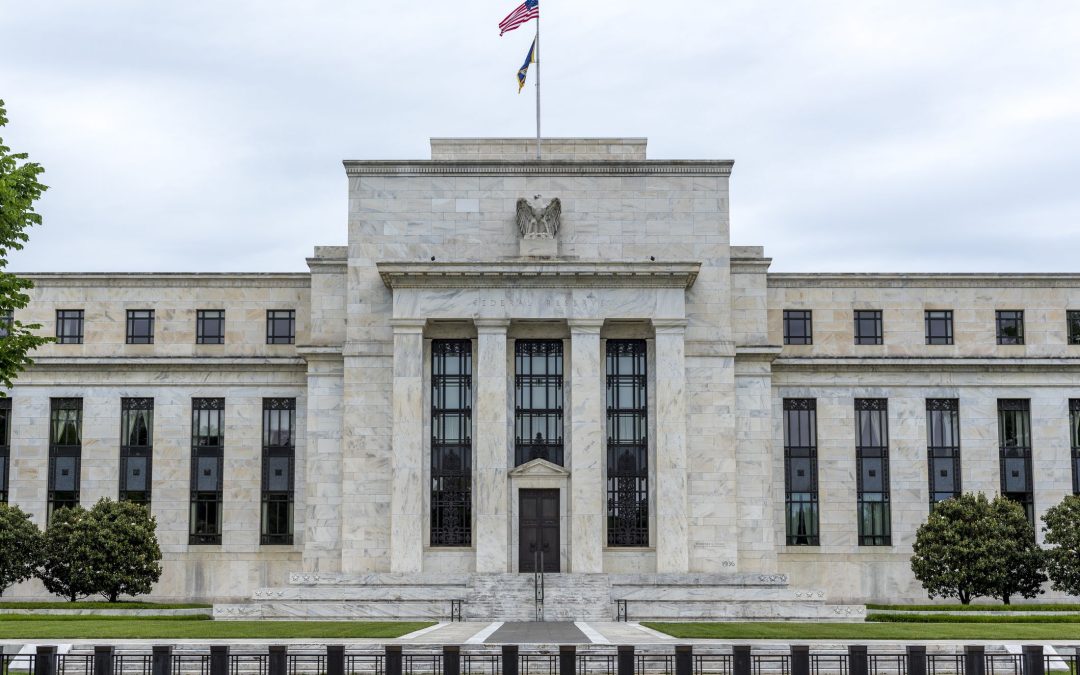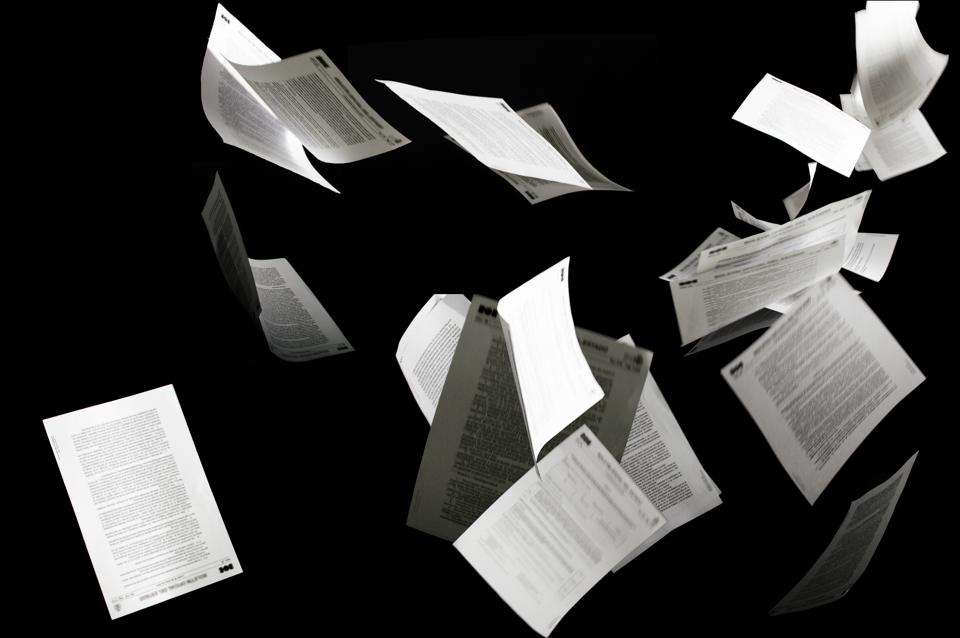June O’Neill, an economist who used to direct the Congressional Budget Office, and her husband Dave O’Neill produced a comprehensive survey of the economic research on this issue almost a decade ago. They concluded that while discrimination may exist, it’s not the main determinant of overall wages and incomes.








